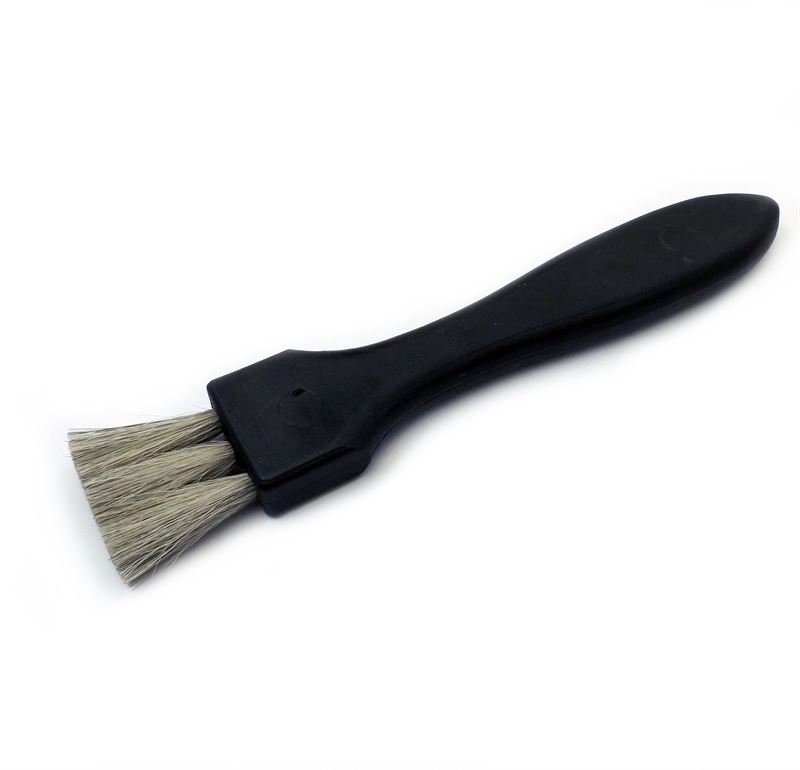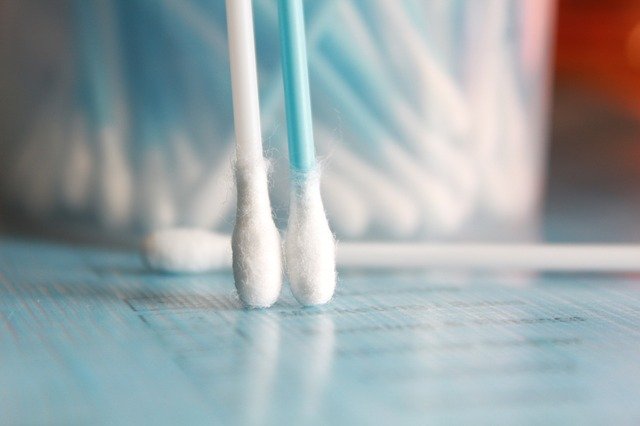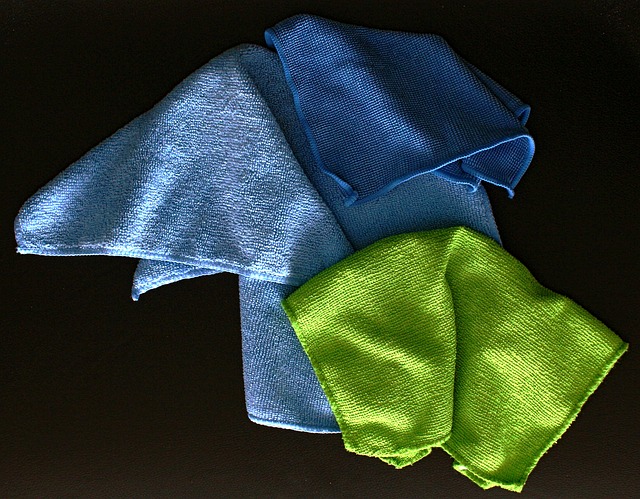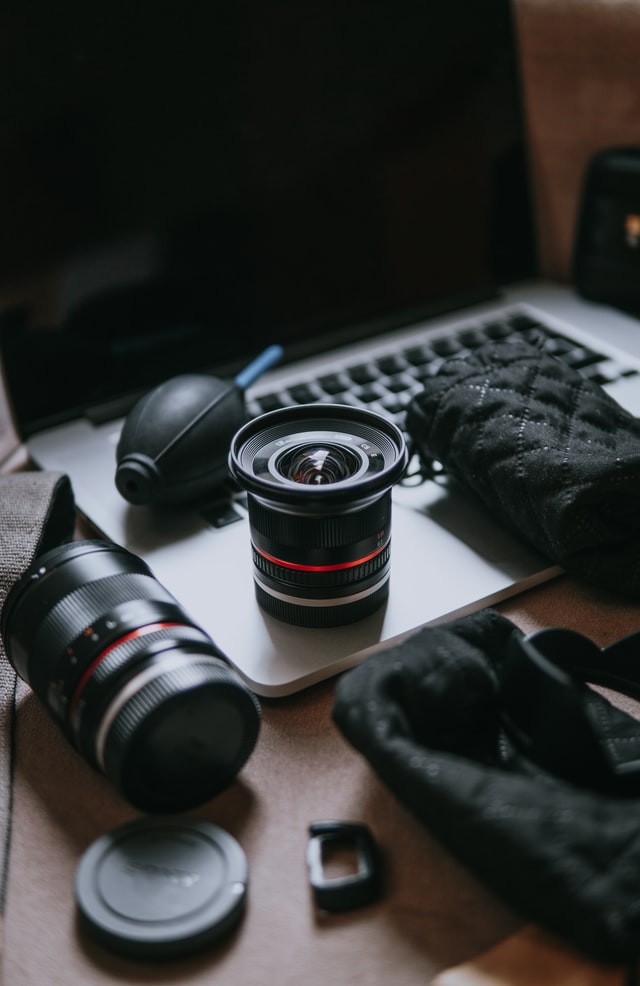*This post may contain affiliate links. This means we may make a commission if you purchase an item using one of our links*
When using eyepieces after a bit of time there is a good chance that it will get dirty but, the reason you’ve found yourself her to ask yourself if its actually worth cleaning them due to all the delicate material used on the lens.
In general terms yes you should clean your eyepieces and filters too as they will get dirty however, as is the case with most quality lenses coatings cover the glass meaning if you do decide to clean the lenses, it will have to be done with care and with the right equipment.
Or the best option would be to hire an expert who has plenty of experience cleaning eyepieces.
The Problems You Can Face When Cleaning An Eyepiece
Table of Contents
The first problem you could face when cleaning an eyepiece would be potentially scratching the lens in the process. Generally eyepiece lenses tend to be coated meaning if you’re not delicate with your actions, the coatings on the glass may get scratched.
The insides of an eyepiece can also get damaged if you aren’t careful with the amount of liquid used to clean the surface.
And lastly dust or lint can be caught under the lens if sub optimal cleaning material is used.
What You Should Do To Minimise The Cleaning Of Your Eyepieces
There are a number of methods you can implement to minimise the need to clean your eyepieces, with the first being to cover the eyepiece with a dust cap.
You could also place your lens equipment within a resealable plastic to minimise the amount of dust that interacts with the lens. In short you just need to protect the eyepiece as much as you can without having to tinker with it.
But, if you find yourself in a situation where it’s necessary to clean your eyepiece, continue reading on as I’ll breakdown how to clean the eyepiece with
The Equipment You’d Need To Clean An Eyepiece Lens
If it’s absolutely necessary for you to clean your telescopes eyepieces, although it isn’t quite as difficult as cleaning the primary mirror of a newtonian telescope, it will still require you to invest in a number of unique items specifically for the job.
Purchasing an eyepiece cleaning kit is one way to go about it. The items in the box will be pretty much the same as the items necessary to clean a DSLR camera lens meaning you should get the following items :
- A microfiber cloth
- A small bottle of cleaning solution (90%+ pure isopropyl alcohol ideally and avoid solutions with oils like lanolin)
- Q-tips/earbuds (100% cotton)
- anti-static brush
- Distilled water/osmosis water
- Ivory soap to rinse the equipment
How To Clean An Eyepiece Lens
Step 1 – Removing The Dust Without Equipment
The first thing you should do before getting all of the cleaning equipment ready is to remove as much dust as you can from the surface of the lens by sucking in the air of the specific areas around the lens. You could of course use a machine or do it yourself.
As for the reason why this is recommended, it’s because if you were to blow air at the lens you’d essentially ejecting more moisture onto the lens which of course would more even more cleaning in the end.
By sucking in the air around the lens, dust and lint will be removed without any extra moisture being ejected onto the glass surface.
However, if an eyepiece lens is far dirtier than what’s mentioned above, at that point you should attempt to remove the grease and grime from the lens using the following methods.
Step 2 – Clean The Dust With Your Anti-static Brush

If there is still residual dust on the lens after step 1 the next step would be to use an anti-static brush. Of course before doing this it would best to allow your eyepiece to acclimatise to the rooms temperature so you don’t cause any harm to the lens.
One of the great things about these brushes is that not only do they not collect dust but there charge also helps to remove the dust on any eyepiece lens out there.
This means that any form of damage, whether it be coatings or even the glass getting scratched are minimised.
With the static brush you’d lightly brush it against the surface of an eyepiece lens with the intent to remove as much dust as you can.
Step 3 – Cleaning Grease Streaks With A Q-Tip

If there are grease marks on the eyepiece, the next step would be to use a q-tip dabbed with a little bit of the isopropyl alcohol cleaning solution.
From here you’d want to place the q-tip on the center of the lens and lightly rub it across the glass in a circular motion until you reach the edges of the device.
Be mindful about the amount of cleaning solution you use because the residual liquid could fall into the eyepiece or a pool of cleaning solution might be left all across the glass surface requiring you to do even more work.
As for the reason why this substance is used, it’s to dissolve all of the grease and oily fingerprints on the lens.
Step 4 – Clean Up The Excess Solution
After the solution has been rubbed onto the surface the next step would actually be to clean up all the residual liquid remaining, once again with one of your dry q-tips
This is an essential step as the fully evaporated excess liquid will leave oils and any other forms of goop on the lens and obviously this would mean you’d need to clean the eyepieces surface again.
Step 5 – Use A Microfiber Cloth To Tidy Everything Up

You’ll want to examine how clean the eyepiece lens is under a bright light. If grease marks are still visible the next step would be to use your microfiber cloth to gently clean the surface and remove as much grease and dust as the cloth can handle from the lenses surface.
The final step here would be to clean your micro fiber cloth if it’s greasy (which it probably will be). To do this you’d need to use the ivory soap mentioned above to wash off the grease, use distilled water to rinse it and lastly place it in an area with as little lint as you can find (in a steamed shower room).
Of course you repeat this process for all the other eyepieces in your
In Conclusion
At this point I’m sure you’re aware that eyepieces aren’t as simple to clean as say the specs that you wear. Much like camera lenses and of course the lenses and mirrors that telescopes tend to have, they’re a delicate bit of kit that requires care a patience to be done properly.
Now, if you ever want to clean your eyepieces, at least now I hope that you’ll be a little more mindful and careful when committing to the process.
Thanks for reading!






